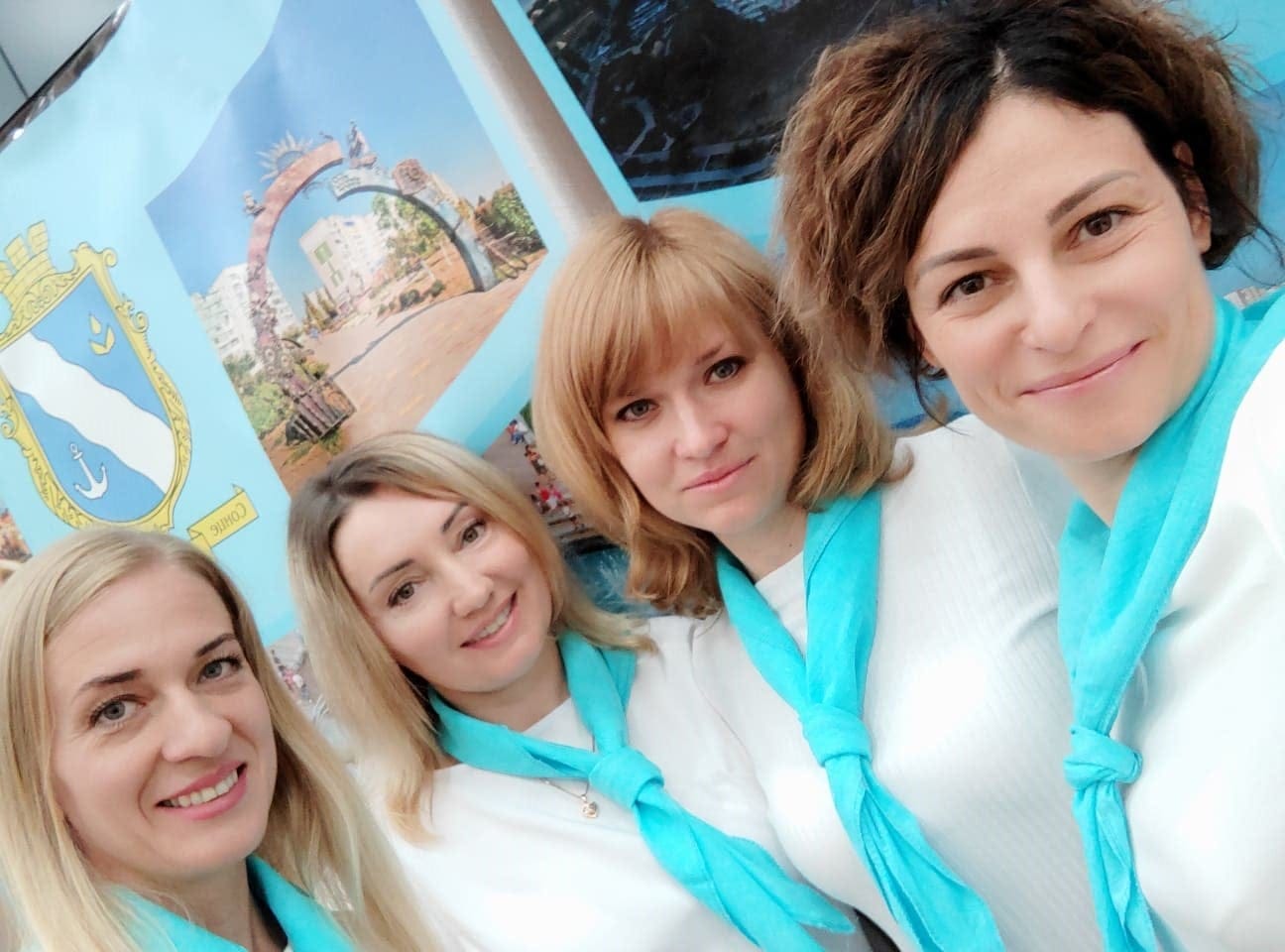This website uses cookies so that we can provide you with the best user experience possible. Cookie information is stored in your browser and performs functions such as recognising you when you return to our website and helping our team to understand which sections of the website you find most interesting and useful.
Pivdenne Territorial Community

The Pivdenne Community is located on the north-western shore of the Black Sea, in the Odesa Raion, Odesa Oblast.
Total area: 108 sq.m
Population: 34,984
Men: 16,058
Women: 18,926
Children: 5,112
Pensioners: 4,797
Internally displaced persons (IDPs): 4,803
The community consists of one town and 5 villages, with the administrative centre in Pivdenne.
History
Pivdenne is one of the youngest cities in Odesa Oblast, with a history dating back to 1973, when the construction of the Odesa Port Plant and Pivdenne seaport in the waters of the Small Adzhalyk Estuary began with the prospect of creating an industrial and transport hub.
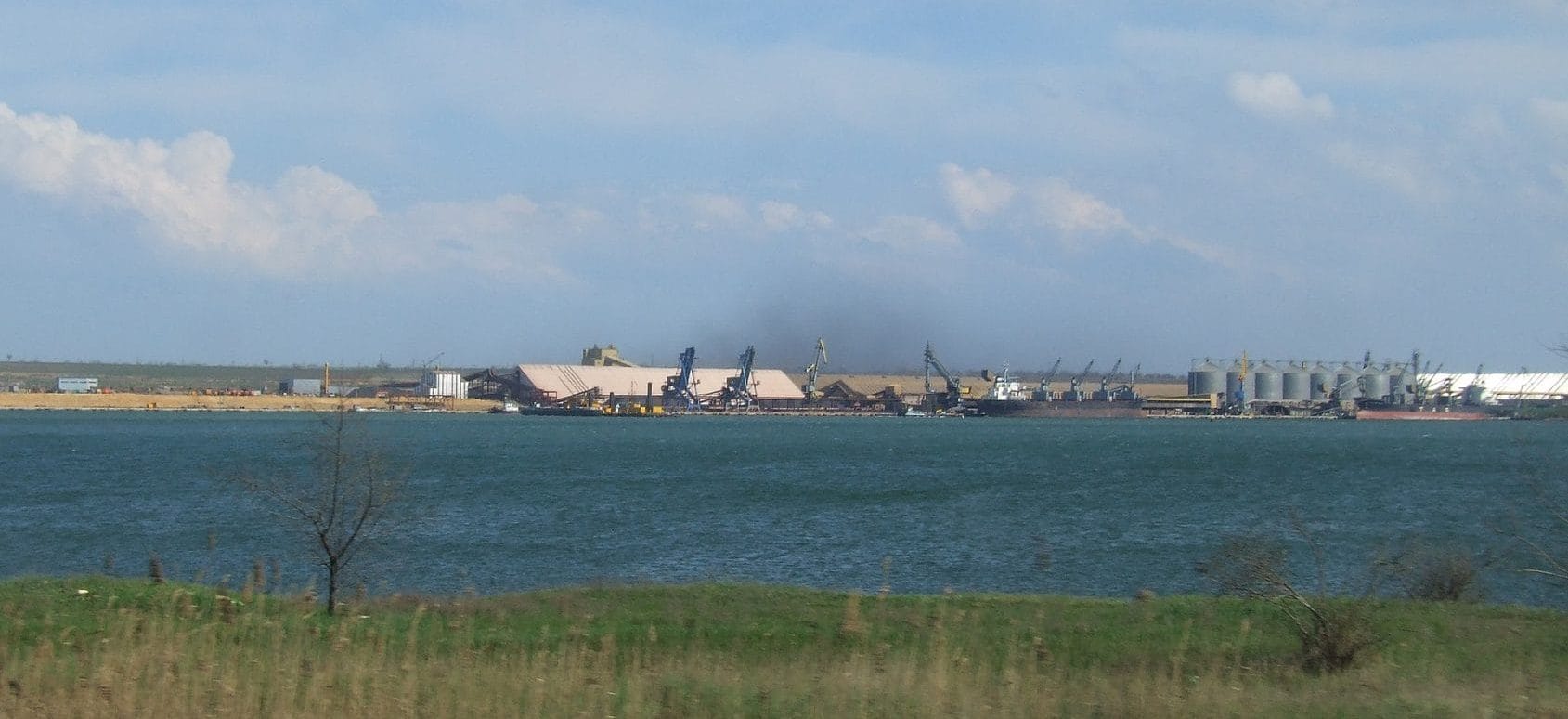
Later, it was decided to build a settlement to house the port and plant workers. Among several options, a location by the sea was chosen.
Housing, pumping stations, boiler houses were structural units of the plant until 1985, meaning that the entire town was actually on its balance sheet. But gradually, the municipal sector was transferred to the local authorities.
Due to the fact that both city-forming enterprises have always been highly profitable, the crisis of the 1990s practically did not affect Pivdenne – neither electricity nor heat was ever cut off. During the period of commodity shortages, the plant and the port bought food and clothing by rail.
For a long time, there was no “private sector” in Pivdenne, and only high-rise buildings were built in the city. Now the town has a separate neighbourhood with private houses.
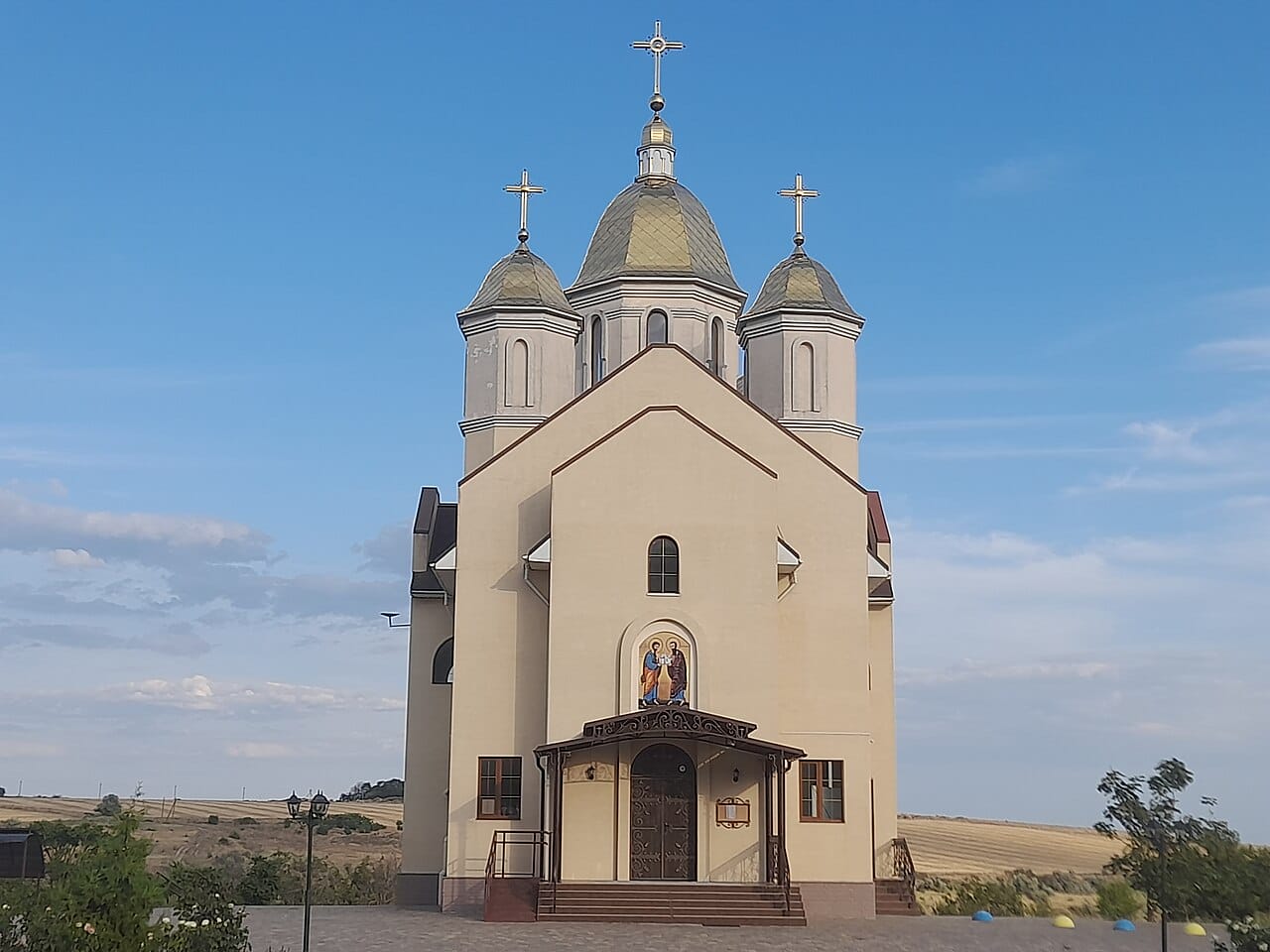
There are themed squares dedicated to the twin cities in the community: “Little Georgia”, Chinese Garden, Bulgarian Garden, Turkish Garden, “Belarusian Dvorik” (renamed in honour of the Belarusian battalion that defends the borders of Ukraine in the Armed Forces of Ukraine).
The community has a huge economic potential. The most developed sectors of the community’s economic activity are: industry (chemical, food), transport (sea freight), agriculture (growing grain crops, oilseeds).
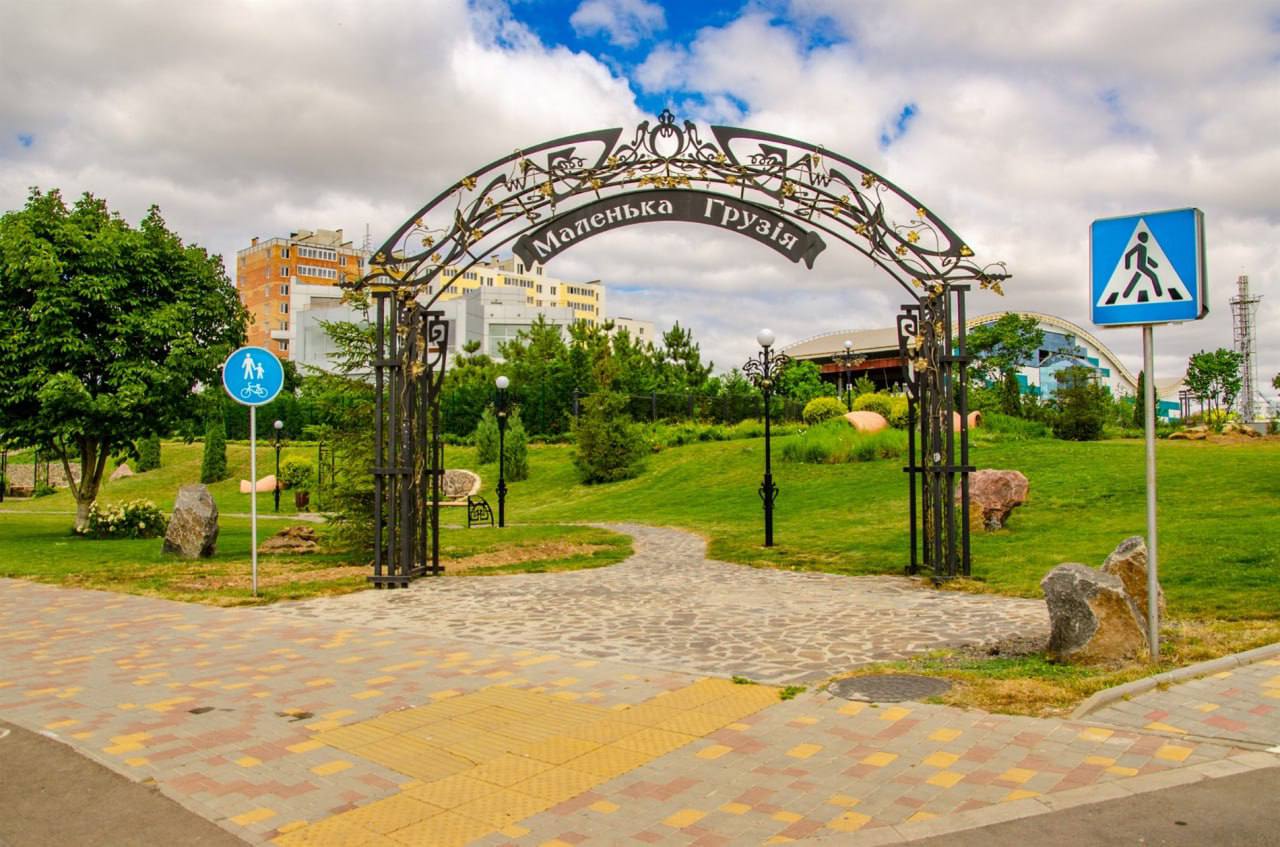
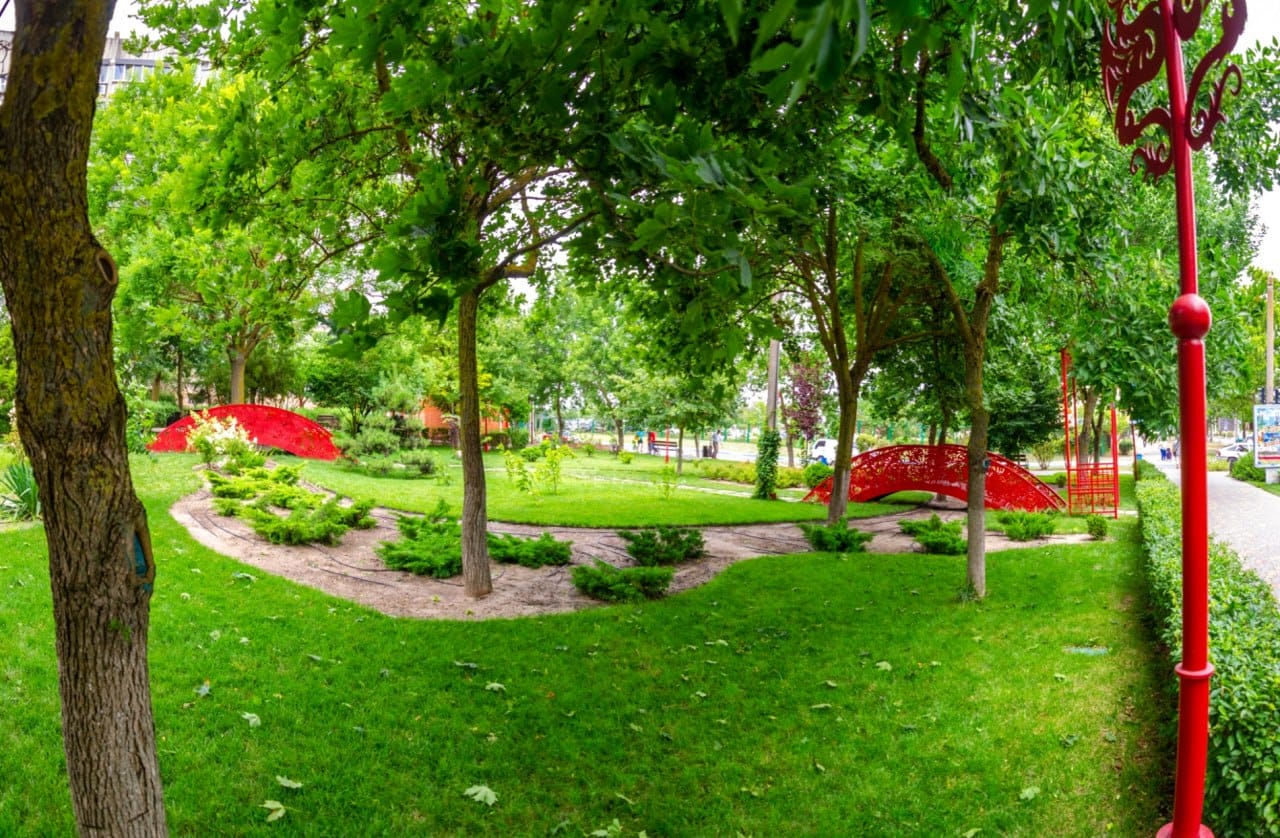
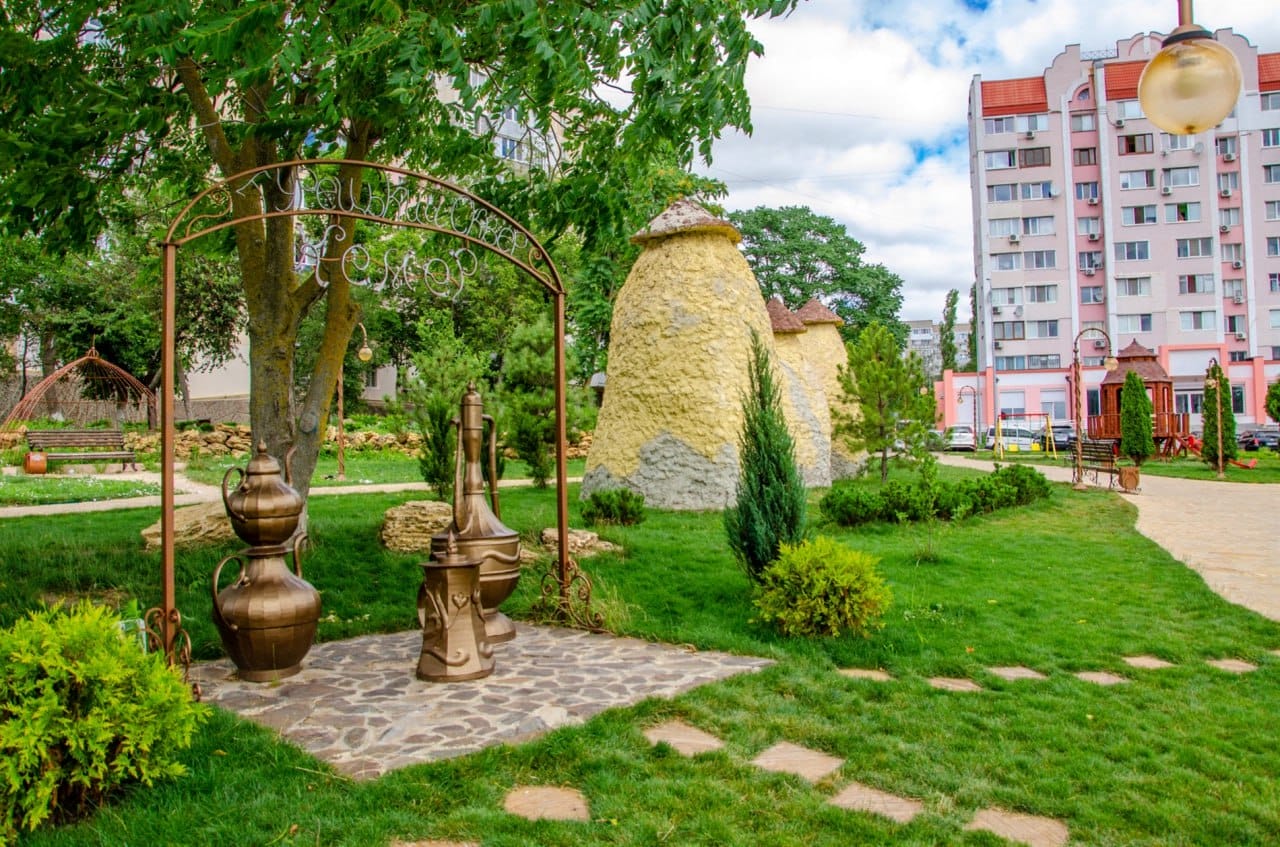
Economy and Welfare
Pivdenne Community is one of the most powerful port and industrial communities in Ukraine, despite its small population, its “sea gate” is a guarantor of economic space. A significant diversity of natural and socio-economic conditions, favourable economic and geographical location of the territory, rich recreational resources contributed to the development of a diversified, rather complex industrial and economic complex with transport and distribution functions, developed social sectors, combined with a potentially promising tourism industry.
The budget-forming enterprises of the community are: Odesa Port Plant Joint-Stock Company, one of the most high-tech chemical industry enterprises with ammonia and urea production facilities.
Due to Russia’s full-scale invasion of Ukraine, the plant temporarily suspended all possible production processes related to ammonia shipments by sea, stopped accepting and storing ammonia in transit, and lost the ability to carry out its core production activities. The plant’s production facilities were partially re-purposed to join the grain deal.
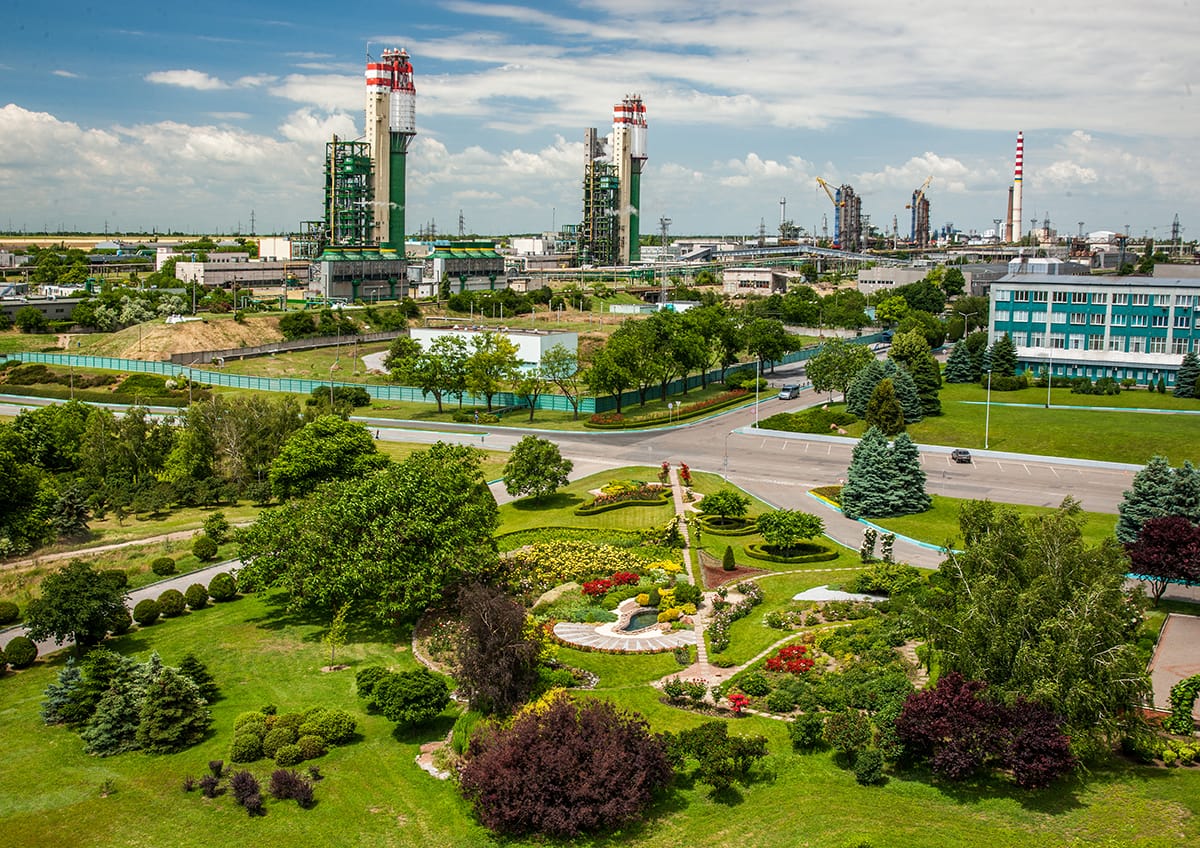
Pivdenne Commercial Sea Port is the deepest port in the Black Sea basin with a water depth of up to 21 m and the ability to handle vessels of up to 200,000 tonnes.
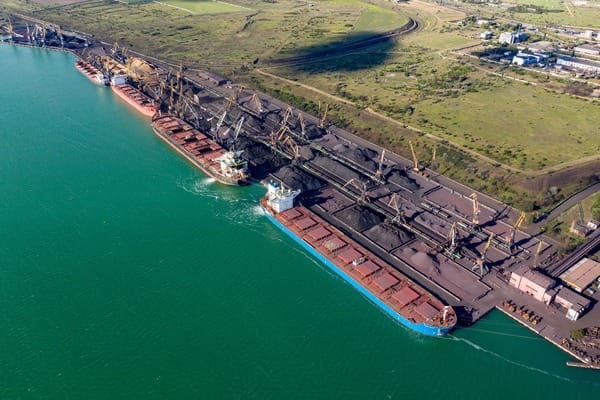
Delta Wilmar Ukraine Limited Liability Company is one of the largest oil and fat companies in Ukraine, a leading food producer with foreign investments. The company specialises in the processing of palm oil and its fractions, production and processing of oilseeds – sunflower and safflower oil and their fractions (refined and unrefined).
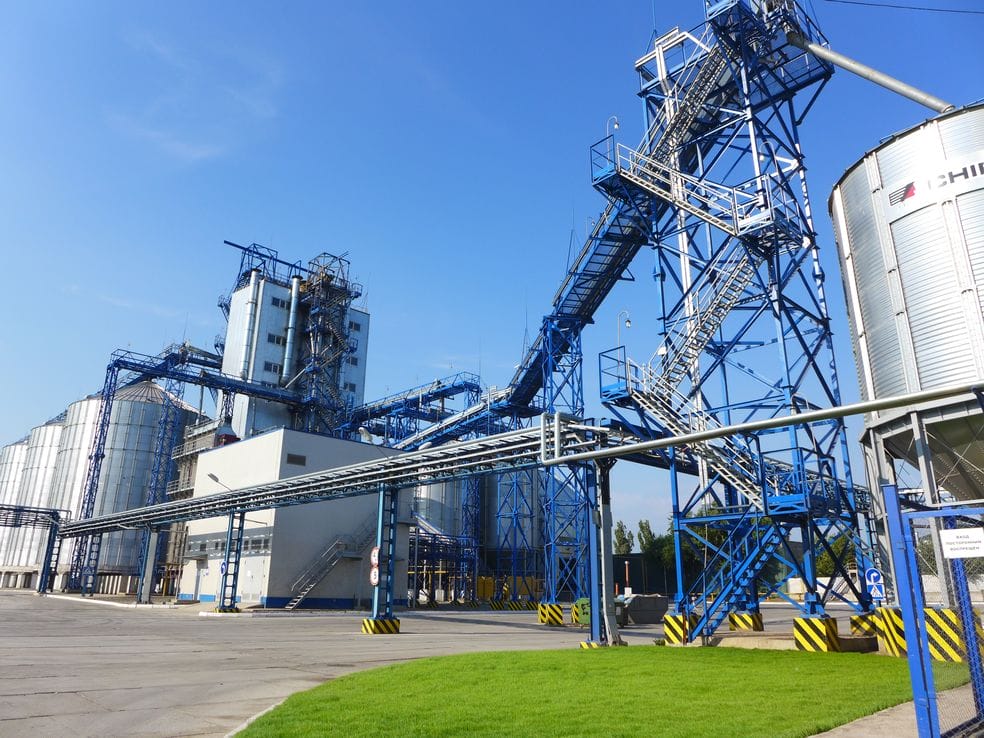
The community has 7 kindergartens, 6 schools, 2 out-of-school educational institutions and 9 cultural institutions.
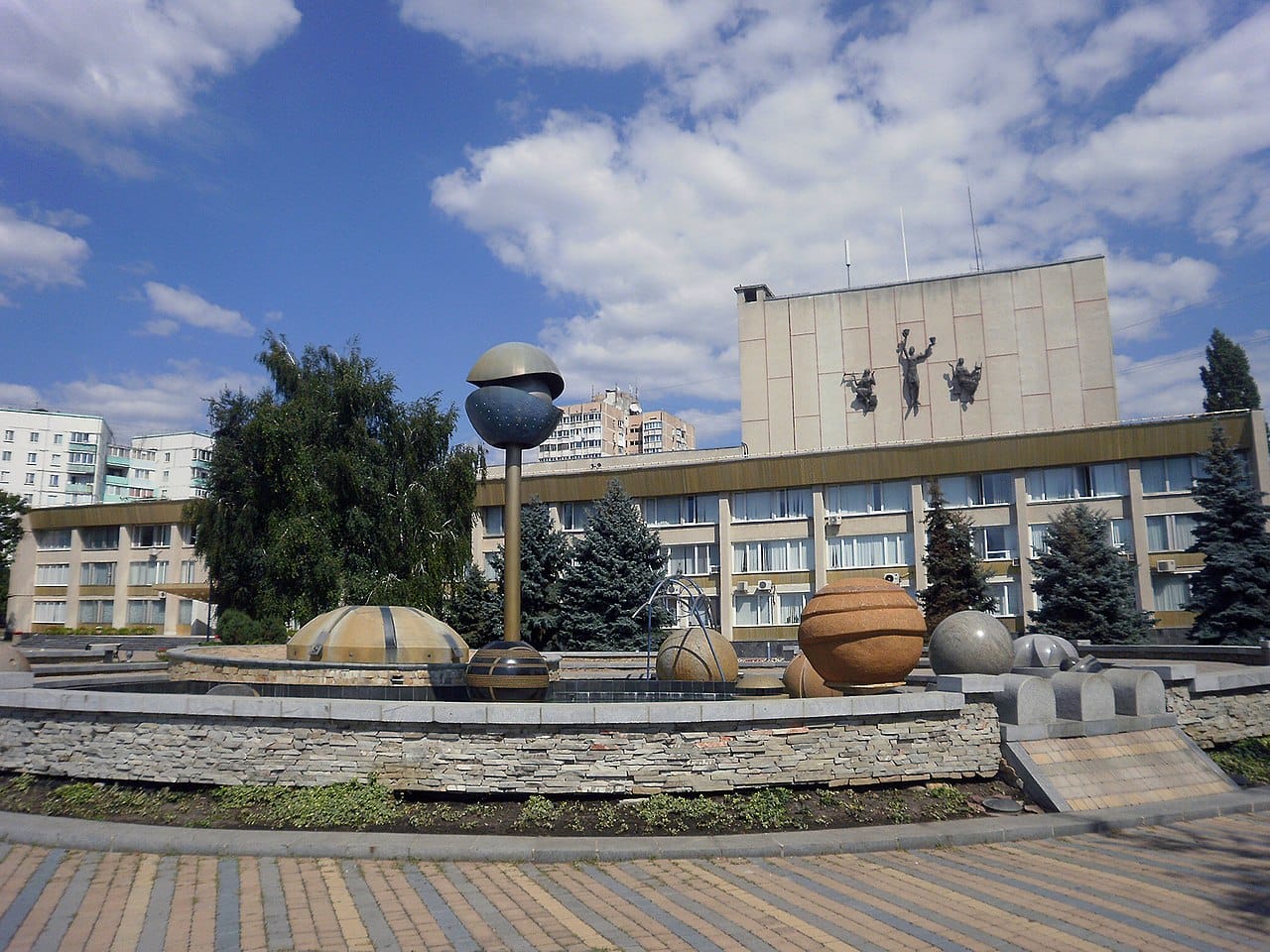
The community also has an inclusive resource centre, 3 physical culture and sports facilities, and 8 healthcare institutions
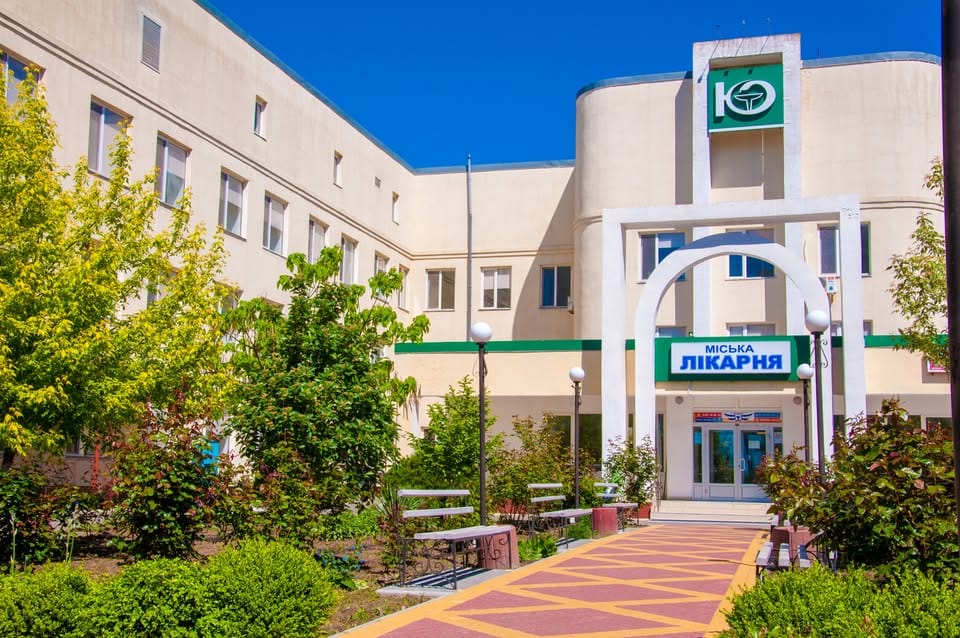
The sports complex of Odesa Port Plant is the training base for the official competitions of the Ukrainian champion men’s basketball and women’s volleyball teams of the plant’s Khimik club. The complex is certified to host official international competitions in many sports.
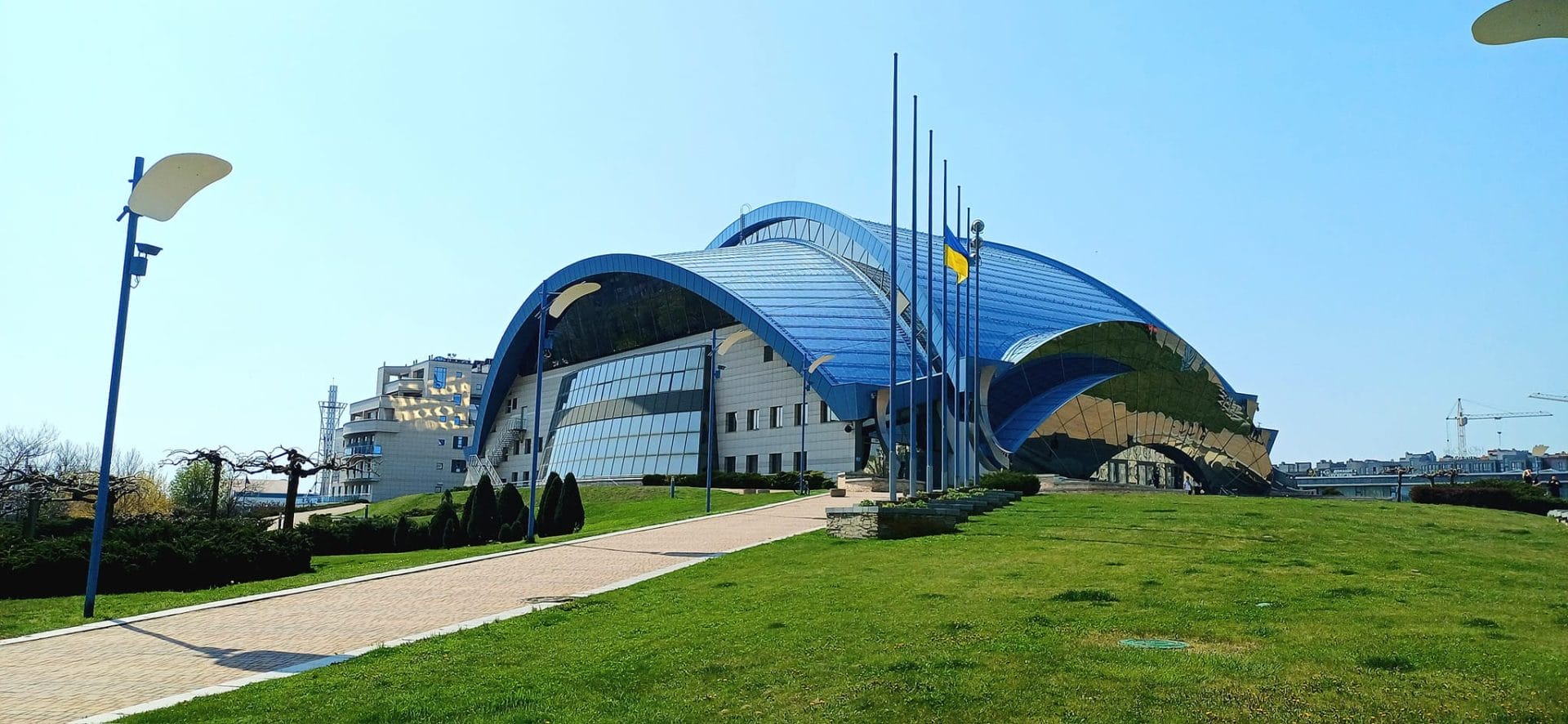
The Community and the War
On 24 February 2022, municipal employees immediately switched to a round-the-clock martial law mode of operation to ensure the smooth operation and coordination of all services and to help accommodate people arriving in the community. Humanitarian collection points were set up at the city council to collect the most necessary items for internally displaced persons and military personnel.
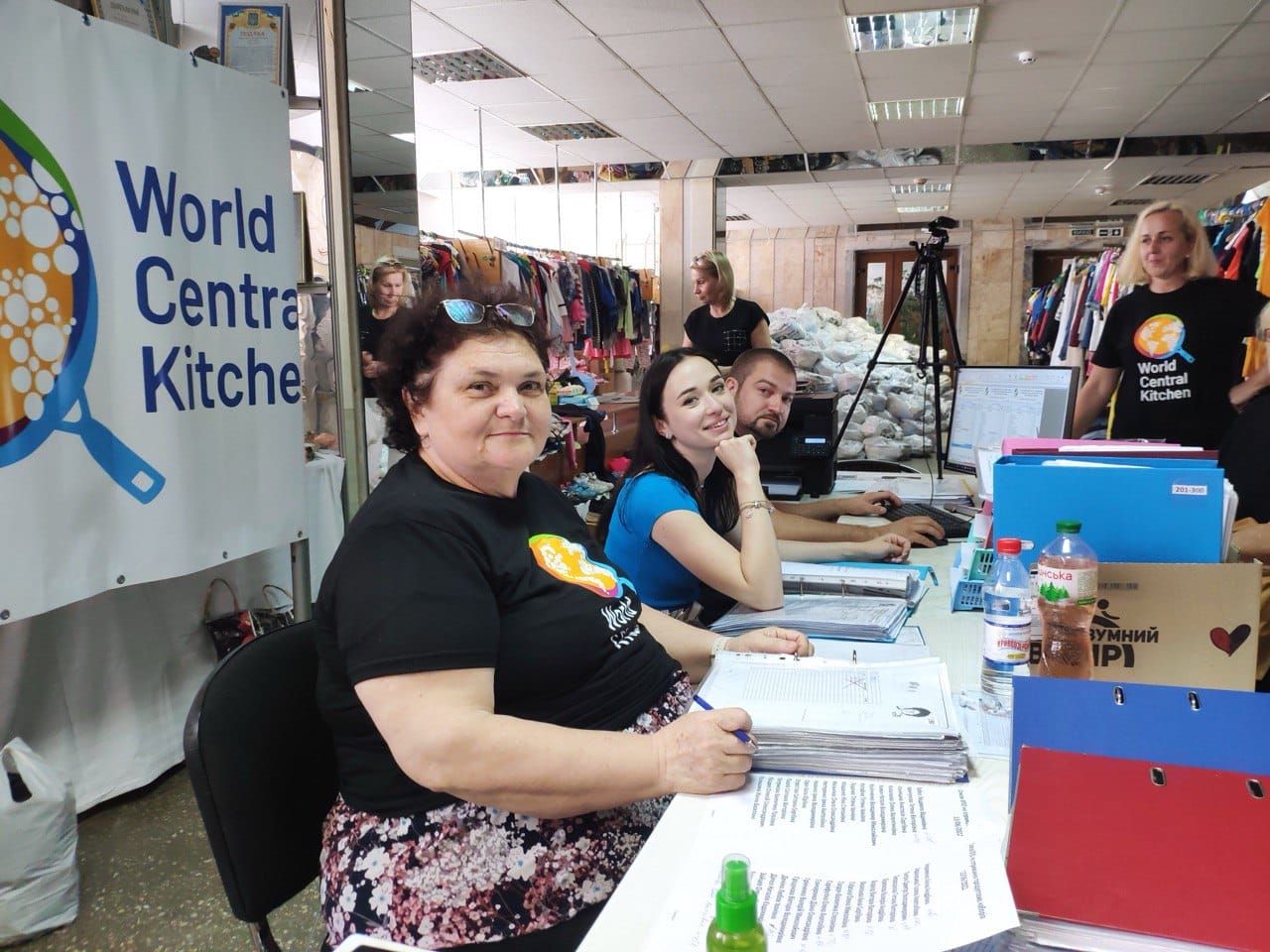
From the beginning of the full-scale invasion, the Humanitarian Centre was half staffed by employees of the Pivdenne City Council and half by volunteers from the local community. The Centre has been actively working and providing the military and civilians with everything they need.
Initially, the Centre’s work was aimed at helping the Armed Forces of Ukraine, processing requests with needs and finding opportunities to provide them with everything they needed through volunteers. Over time, there were fewer and fewer requests, and the Centre’s staff was mainly engaged in evacuating people from the community to twin cities and friendly countries.
Today, the focus of the Centre’s work has changed a little bit, and it mainly works with internally displaced persons and people in difficult life circumstances.
Thanks to the active help of charitable foundations with which the community cooperated, such as World Central Kitchen, Heritage, Young Capital, Caritas, Adra, people of the Pivdenne community received food packages, hygiene products, baby food and diapers. Thanks to the community members, they have received and continue to receive clothes, shoes, toys and everything else they need for young children of internally displaced persons.
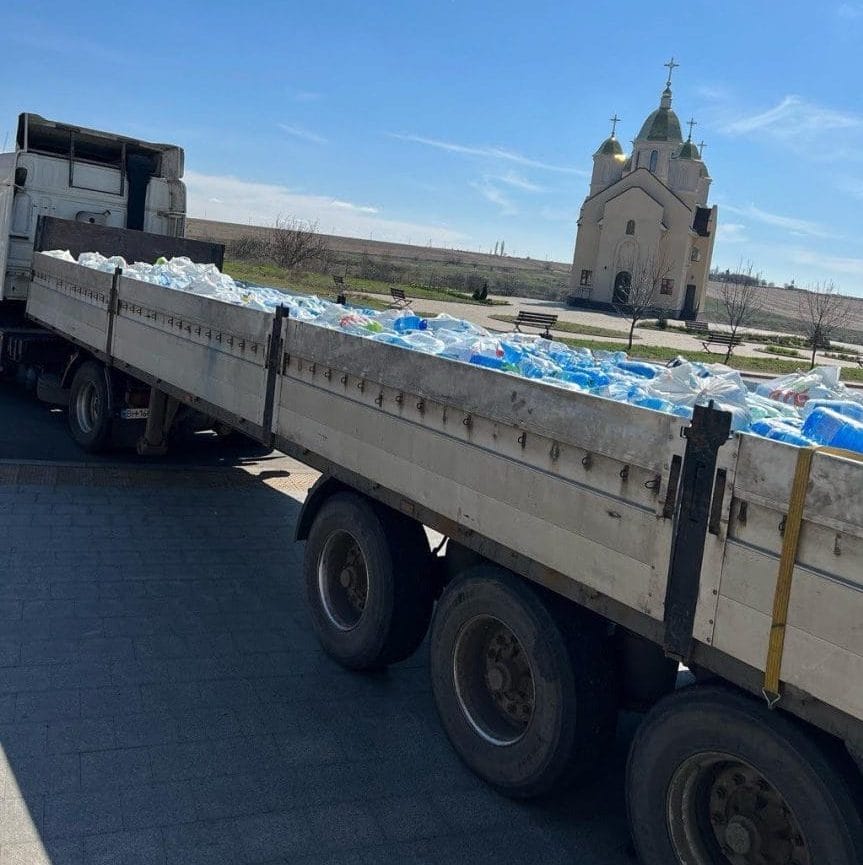
Children of the town are actively helping the Armed Forces of Ukraine. Two brothers play the accordion and tambourine near the local market. Their goal now is to raise funds to repair military equipment.

The ten-year-old resident of the city donated thirty-one thousand hryvnias to the charity. In order to raise money to help the military, the girl offered to play a quiz with her and test her knowledge of geography.
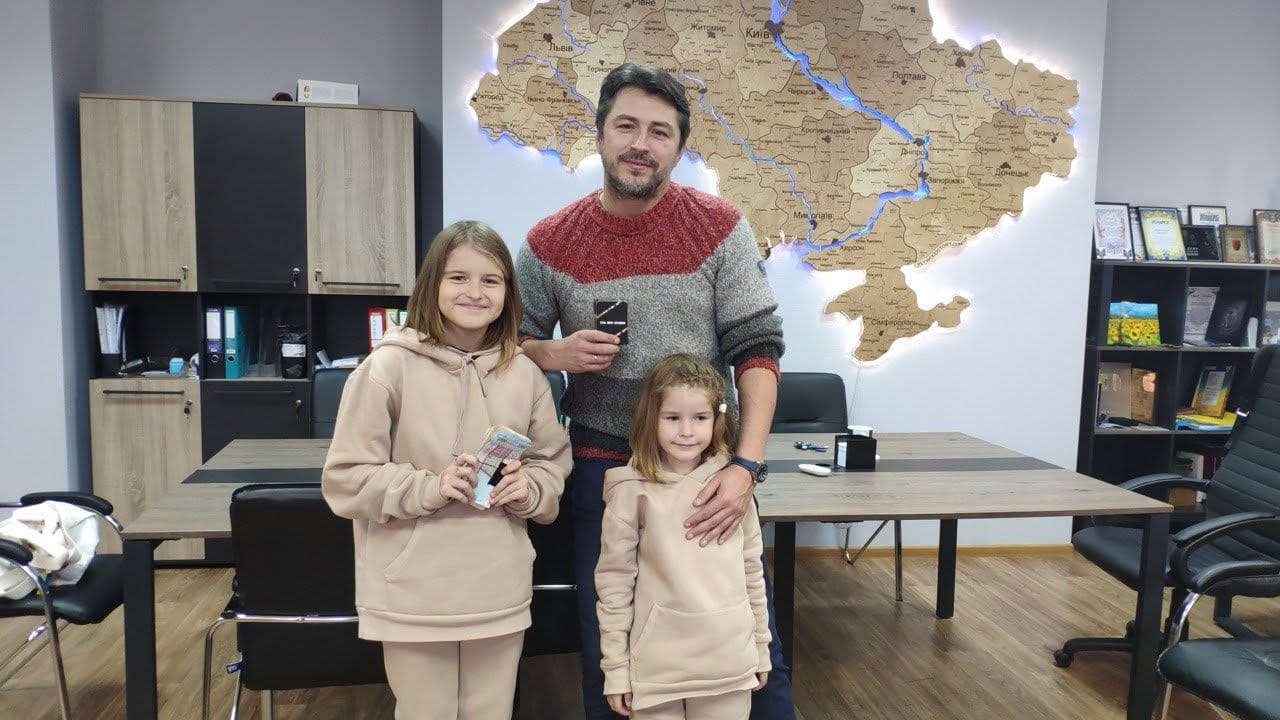
The community residents have also woven a hundred camouflage nets for the military.
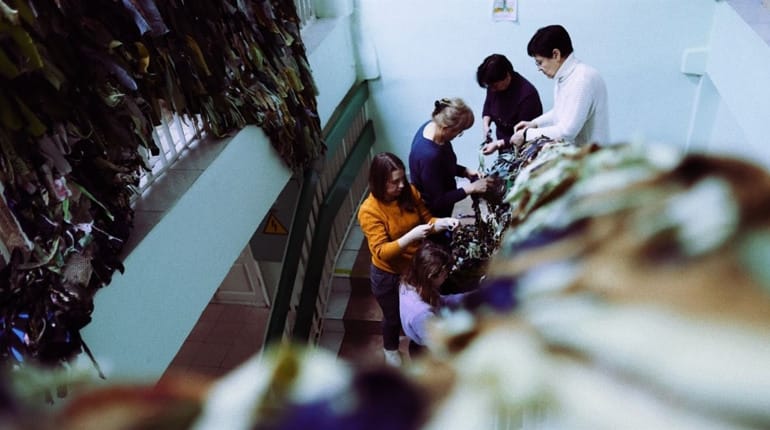
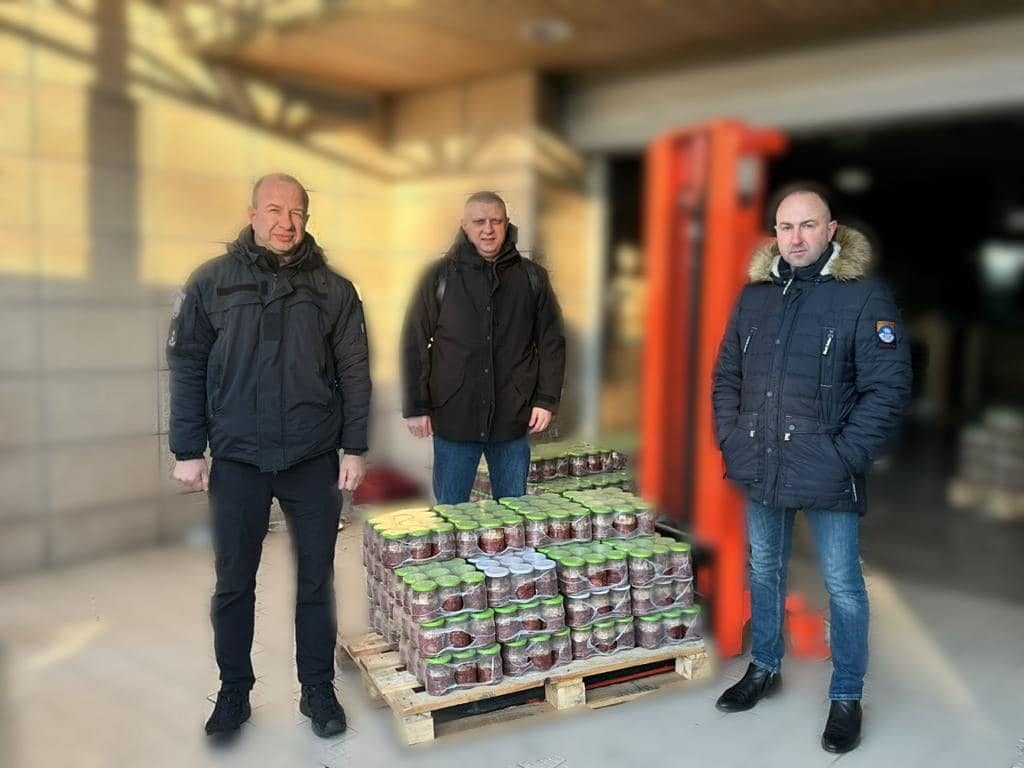
During this period, 13 charity fairs were held.
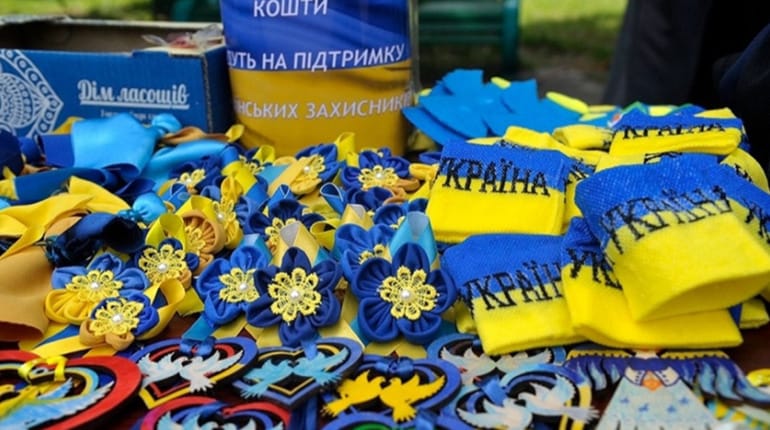
Unfortunately, since the beginning of the full-scale invasion, the community has lost 69 heroes who served in the Armed Forces of Ukraine. The residents of the community are doing their best and believe in Ukraine’s imminent victory!
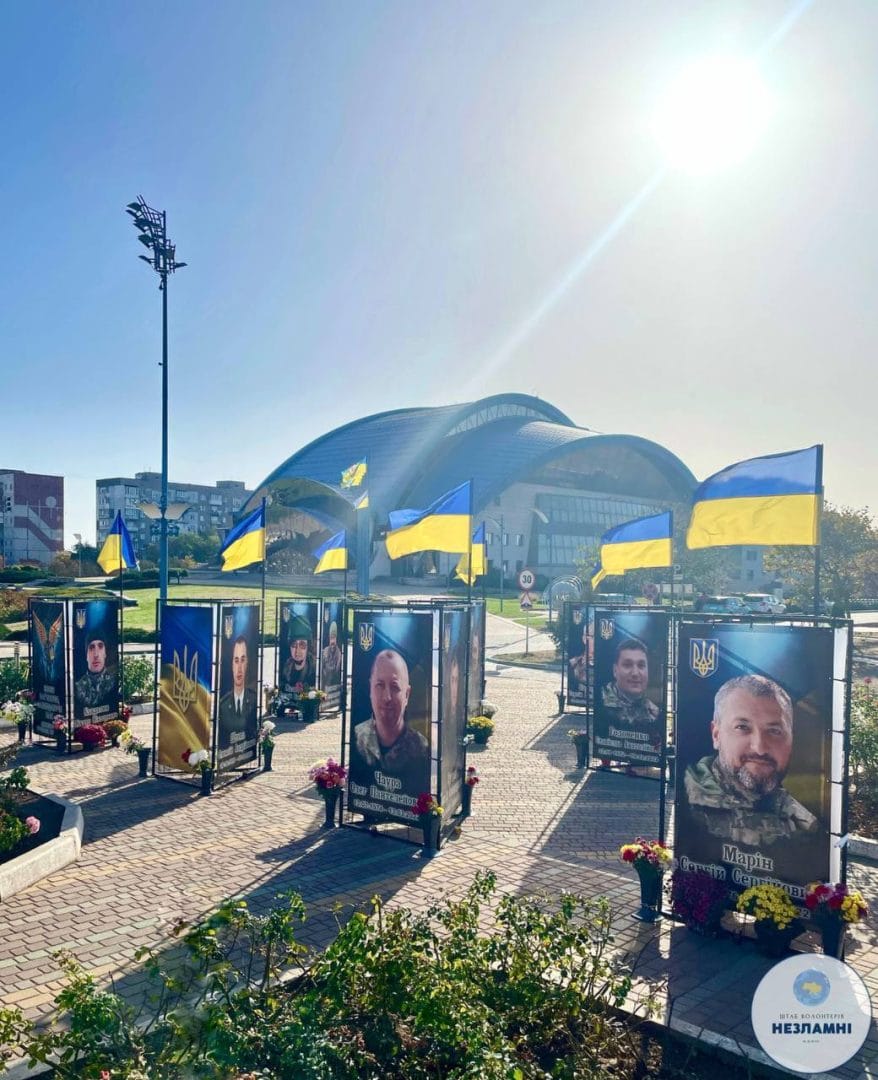
Community People
The head of the community is Volodymyr Novatskyi.
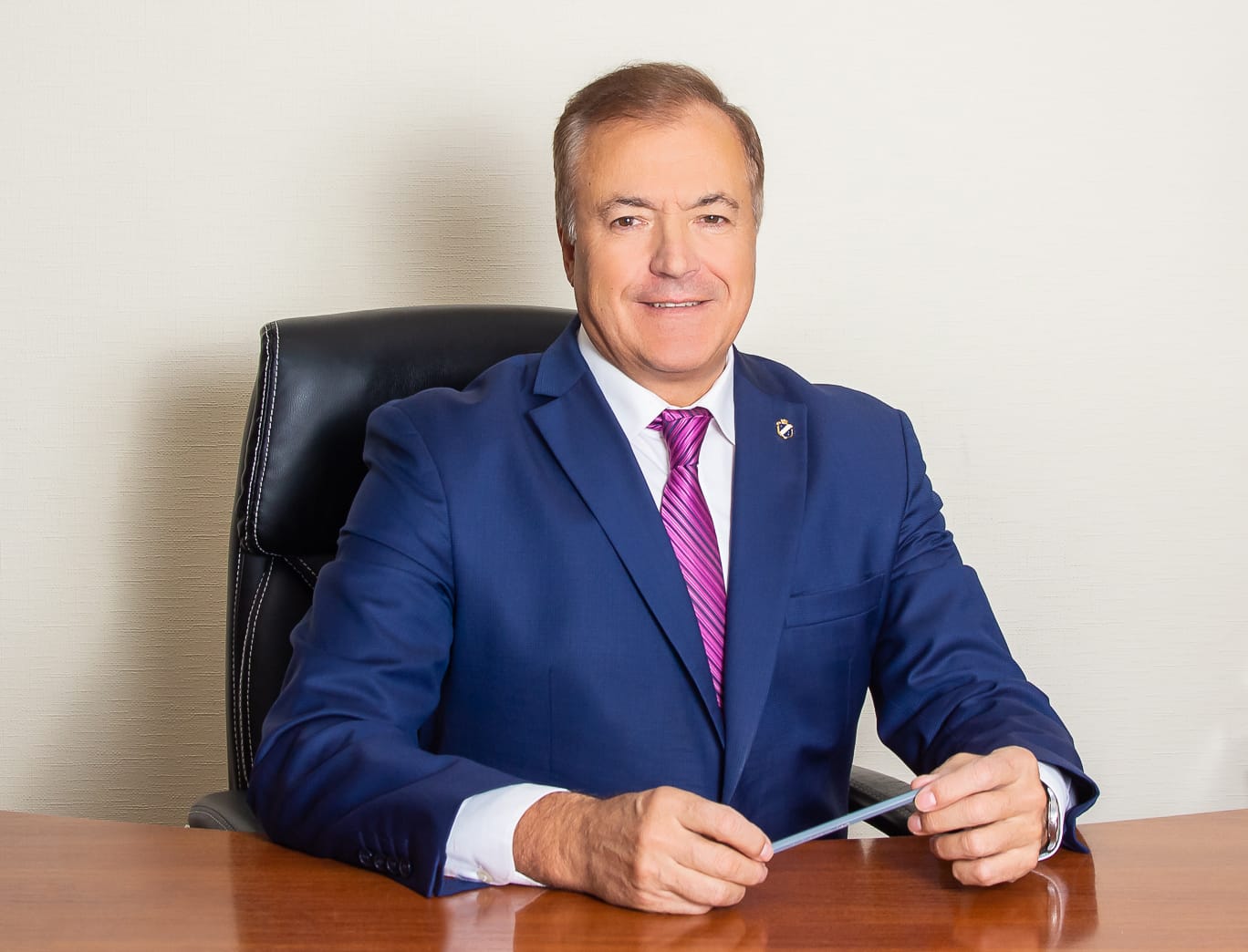
For almost 19 years of his work as Pivdenne Mayor, Volodymyr Novatskyi has actually changed the face of Pivdenne. During this time, all utility systems and services in the city have been modernised, and comprehensive work has been carried out to reconstruct the adjacent territories and to save energy in multi-storey buildings, utilities and community facilities.
During this period, a modern infrastructure was built: a comfortable waterfront, a 120-bed municipal hospital, a house for medical workers, themed gardens dedicated to the twin cities, and the city council building.
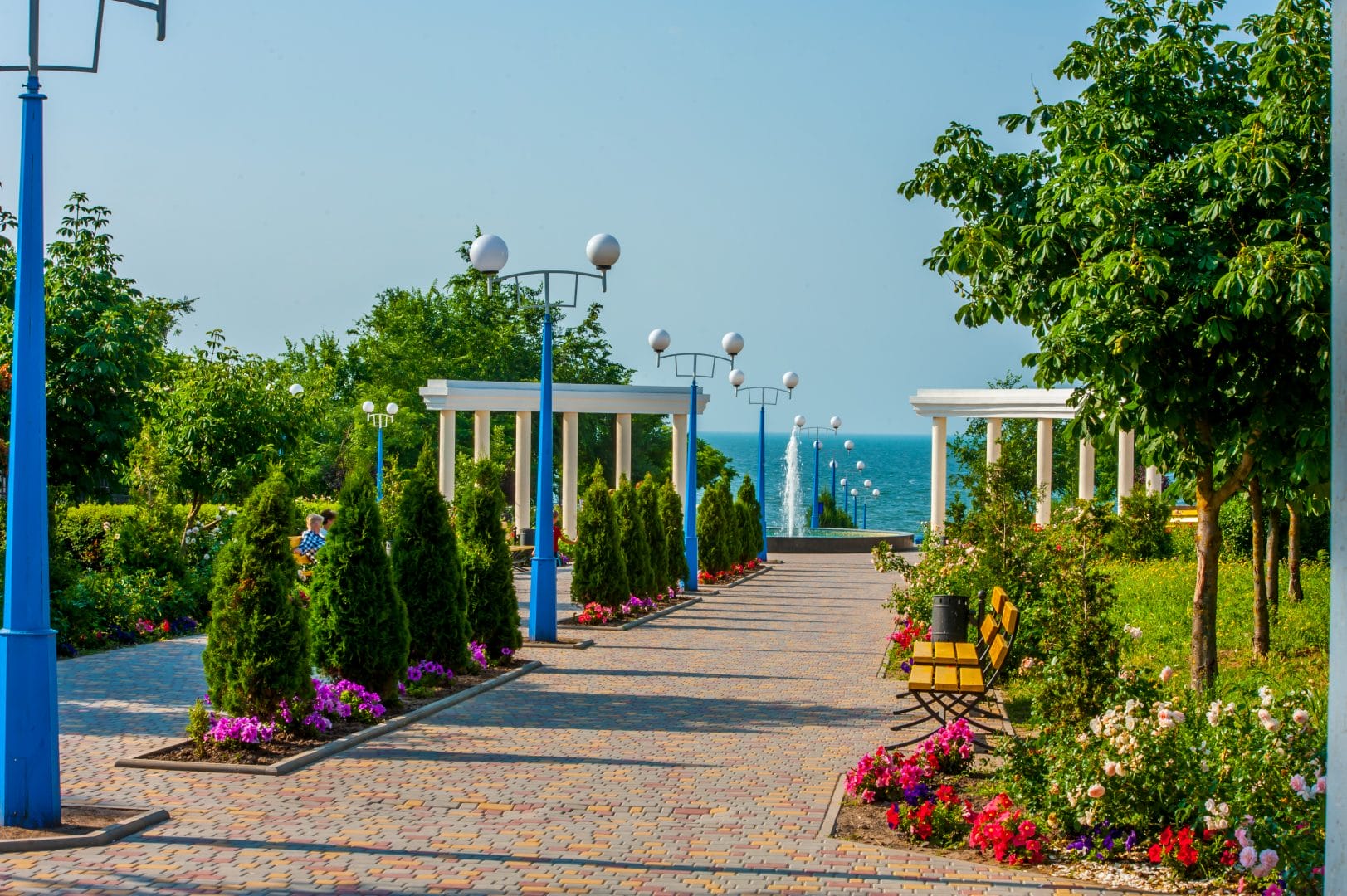
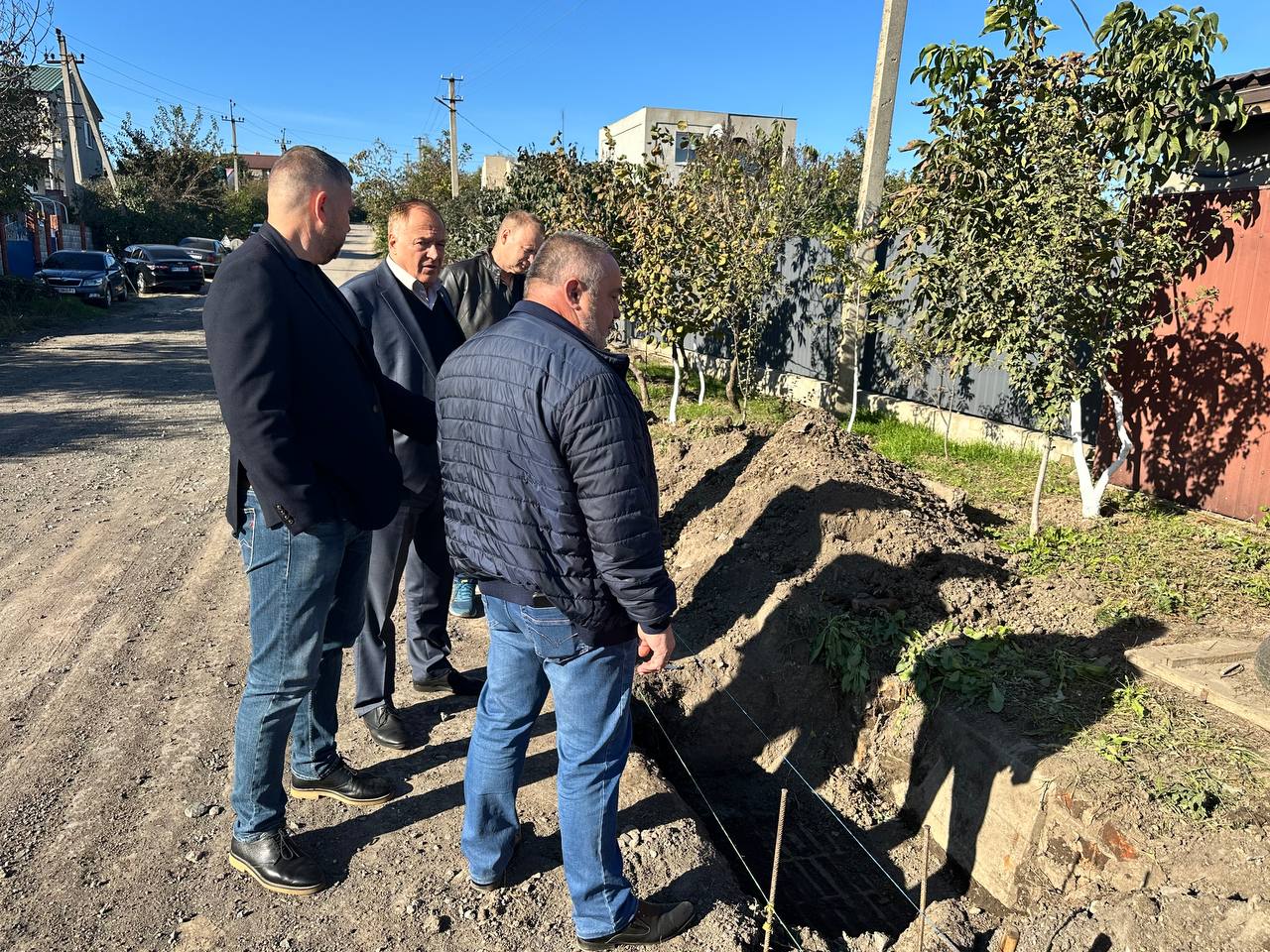
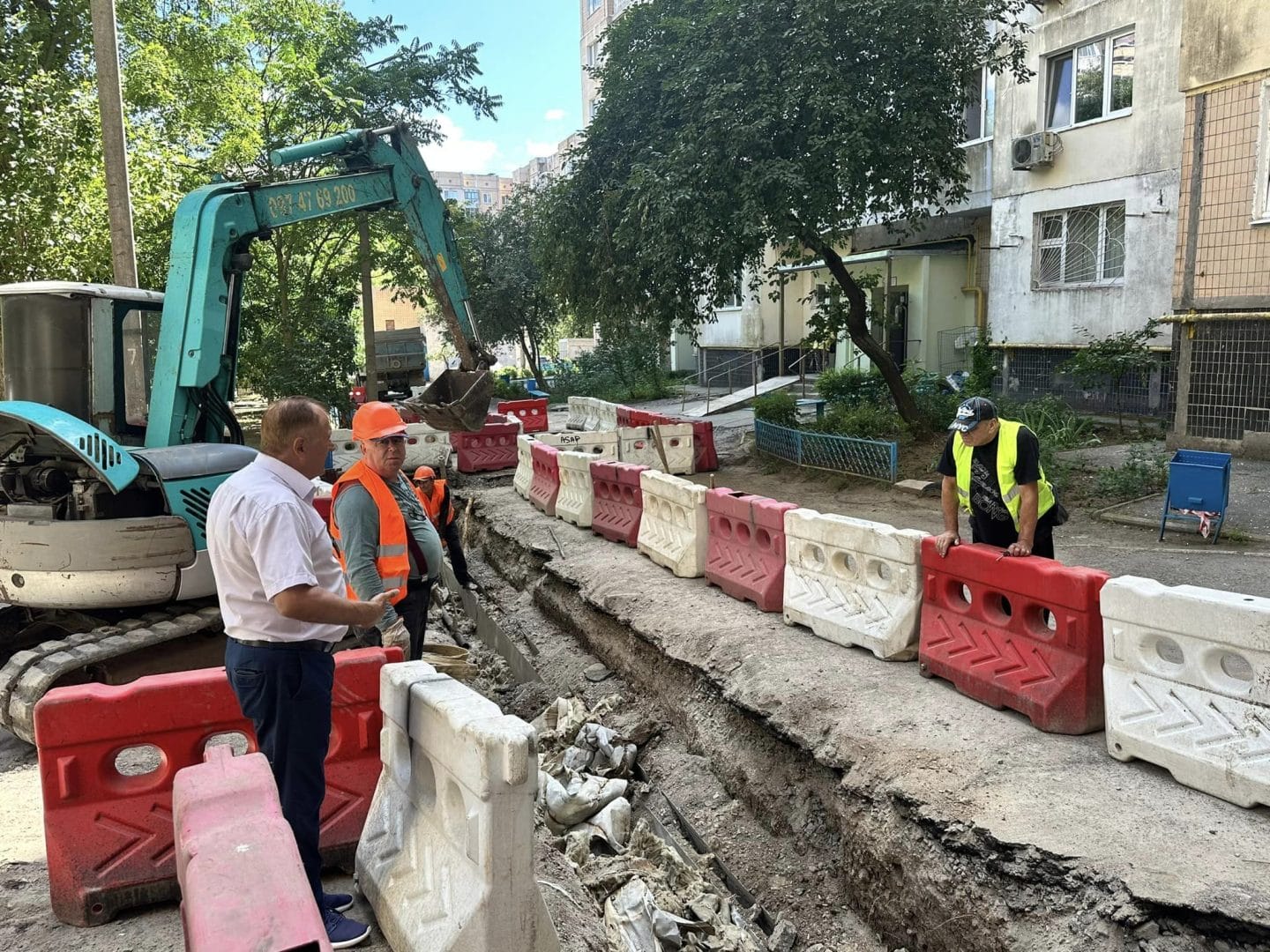
The city is actively developing new neighbourhoods and expanding the scope of housing construction for residents. The city is a permanent construction site for investment projects, and the network of supermarkets, business centres, shopping and entertainment centres, and tourist infrastructure is expanding.
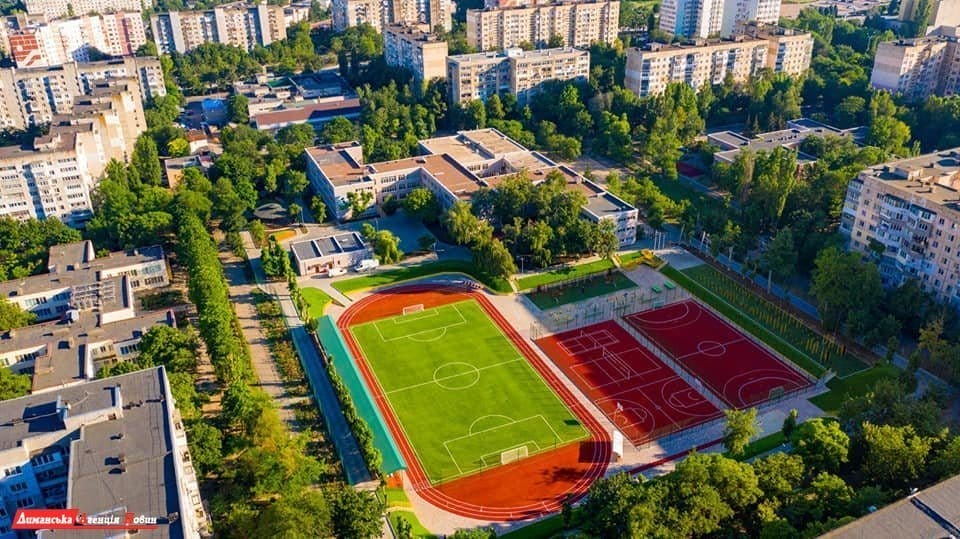
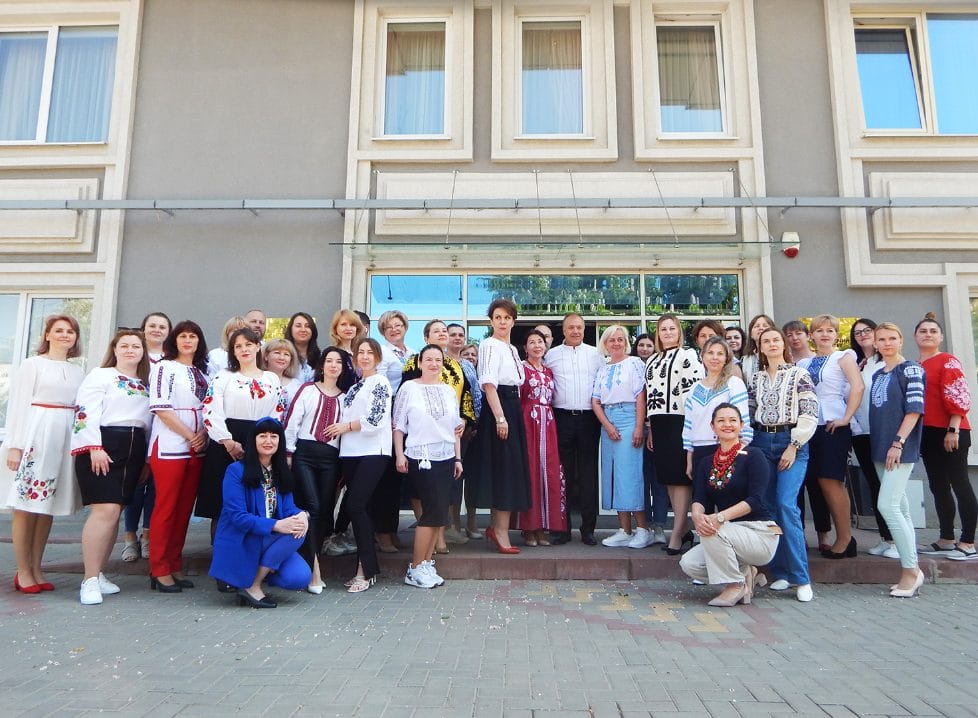
Development Strategy
The community has approved the Sustainable Development Strategy of the Pivdenne Community for the period up to 2030 “Community of Great Opportunities”. The Pivdenne Community is a new, ambitious community that has just started its journey.
The Strategy’s development priorities are based on residents’ suggestions and meet the needs and vision of the residents. The working group involved representatives of enterprises, institutions, NGOs, local authorities and members of local councils. The main developer of the Strategy is the Economy Department of Pivdenne City Council.
Strategic goals (priorities):
- A developed, competitive, and innovative economy.
- Favourable investment climate and developed tourism potential.
- Cultural investment climate and developed tourism potential.
- An energy-efficient, energy-independent and environmentally friendly community;
- A safe community with a developed, comfortable infrastructure.
